How Malaysia Generates Electricity
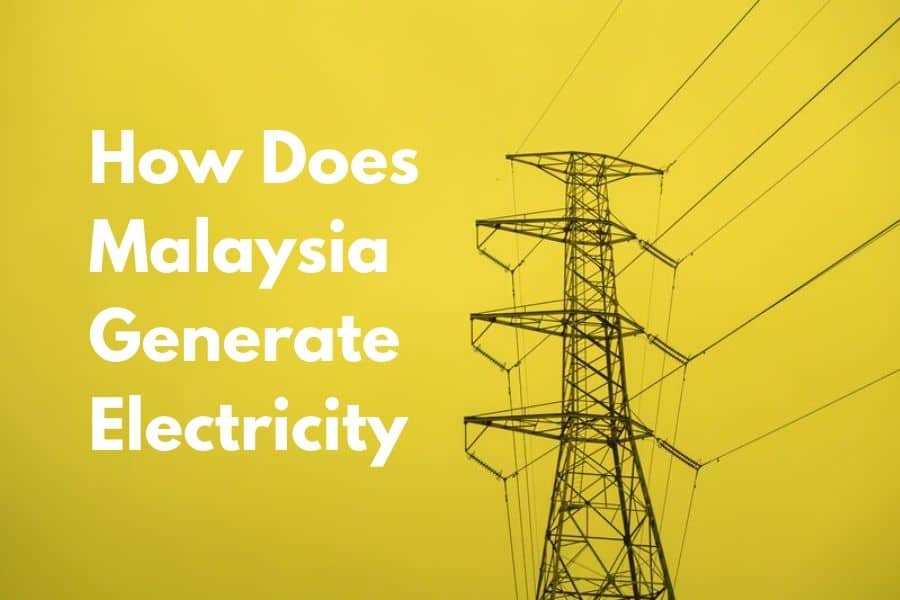
Currently, most energy generated worldwide is from burning some sort of fossil fuel like coal and natural gas.
Prices for these raw materials are getting more expensive and scarce.
Along with increased international awareness of greenhouse gases, more and more nations are racing towards clean renewable energy including Malaysia.
How Malaysia Generates its Electricity Now
Traditional coal and natural gas power plants all operate on the same concept of using some sort of fossil fuel to boil water.
The flowing steam created turns a turbine that then turns a generator to generate electricity.
Here are the main components of a traditional powerplant:
- Fuel to burn
- Steam turbine
- Electric Generator

What’s a Steam Turbine?
A steam turbine in a powerplant looks similar to jet engines on commercial airplanes.
The concept is to capture energy from steam and convert it into rotational, kinetic energy.
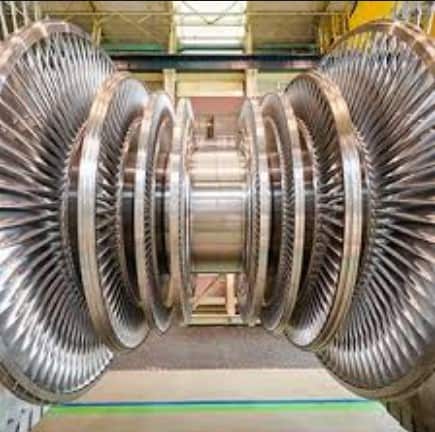
When the steam from boiled water passes through the turbine blade, it will turn the turbine shaft that is then connected to an Electrical Generator.
What’s an Electrical Generator?
An electric motor converts electrical energy into kinetic energy (rotational motion).
A generator essentially is a reversed electric motor. It converts kinetic energy (rotational movement from the turbine in our case) to electric energy.
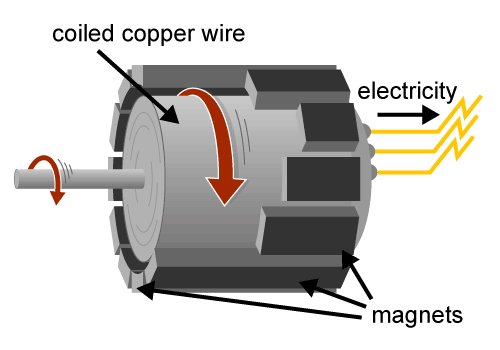
You can think of the generator as the dynamo attached to your grandfather’s bicycle.
When the wheels spin, the light turns on. The lamp gets brighter the faster the wheels spin.
What Fuels are Used to Generate Electricity?
Alright, now we got the mechanics out of the way, let’s look at the fuel used to spin these devices to generate electricity.
Most electricity generated at powerplants in Malaysia today is still from burning fossil fuels, with coal leading the majority supply:
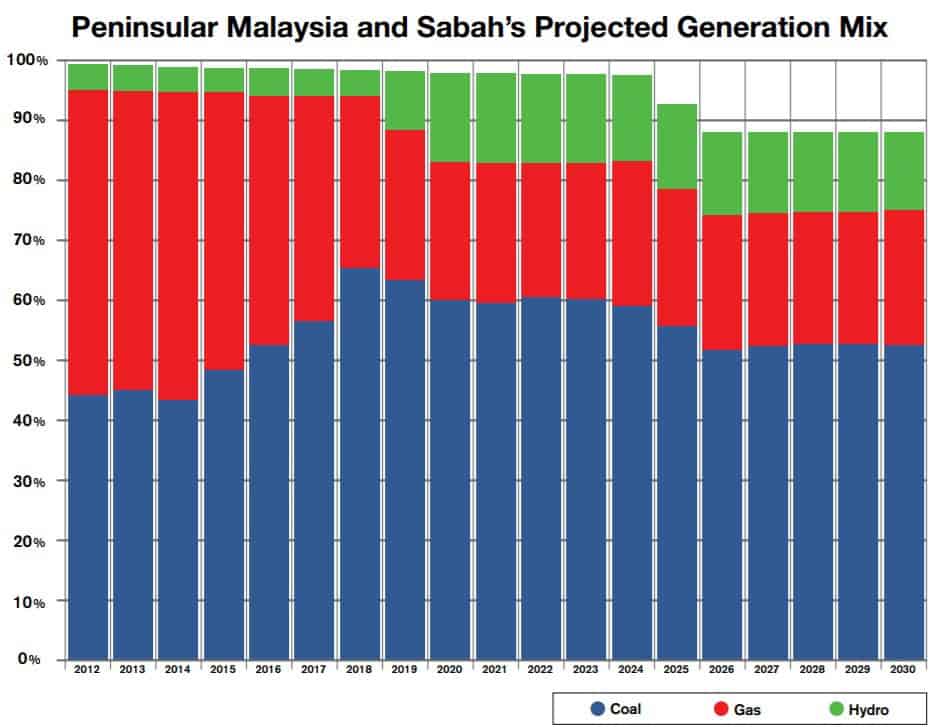
Several drawbacks from these traditional ways of generating electricity:
- It’s burning something and the smoke pollutes the environment.
- It’s mechanically complex and has a lot of physical moving parts.
- The electricity rate will be revised from time to time as the energy company will have to source for raw materials.
- It costs energy to transport raw materials to the plant to be burned.
- Low-efficiency power generation. Less than 40% of the total energy from the coals is successfully converted to electrical energy.
- Radioactive materials from nuclear power plants are extremely hazardous to living organisms and are hard and take a long time to dispose of safely.
What is Renewable Energy?
Renewable Energy is energy generated from natural and easily replenishable sources.
Here are some natural energy (flowing wind and water) harnessed to spin a turbine without polluting the environment:
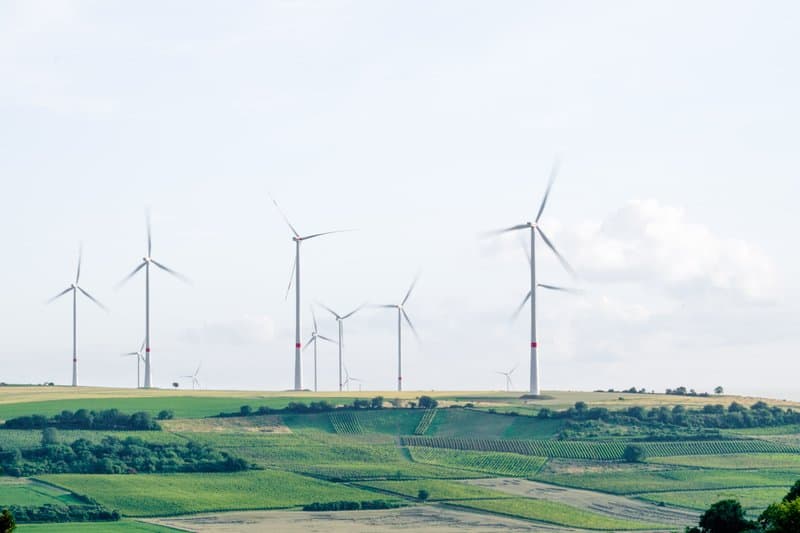
Wind Power 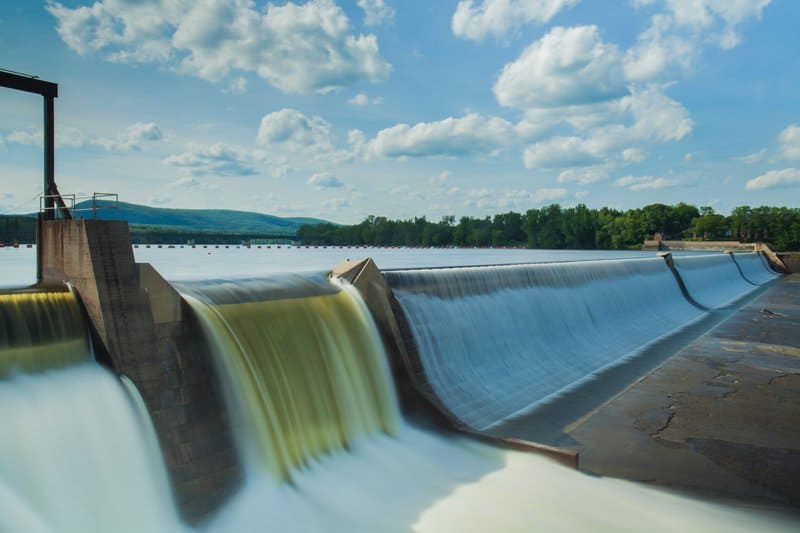
Hydropower Dam
The geothermal powerplant generates electricity by capturing heat energy from the earth’s sub-surface to boil water to spin the turbine.
Iceland is the pioneer of such technology as the country’s geological location is perfect being near to volcanoes.
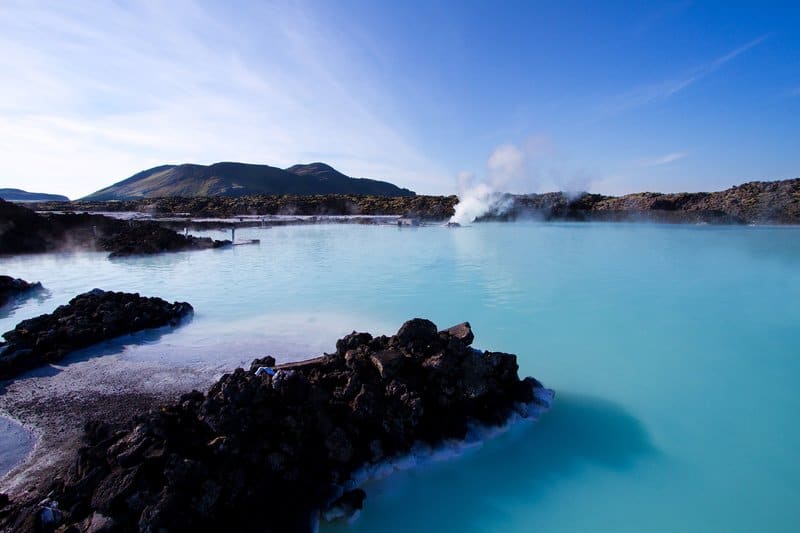
Biofuel is the burning of natural fuel that is easily replenishable (compared to fossil fuels). An example of biofuel is recycled cooking oil and plant by-products used to burn for fuel.

Solar Energy Systems convert sunlight into electricity and are gaining massive popularity in recent years. This technology from all renewable energy options available is the most promising for our future, mostly due to:
- The price of the system is getting cheaper by the year as demand rises.
- It is one of the cleanest forms of Renewable Energy.
- The systems can be installed on top of existing roofs.
- It’s easy for everyone to participate with great government energy schemes such as Net Energy Metering (NEM).
Current Renewable Energies in Malaysia

As of 2017, the majority of renewable energy in Malaysia is dominated by Hydropower.
Hydropower is energy captured from flowing water. Typically by creating a dam on a river and letting the flowing water turn the turbine that is attached to a generator to generate electricity.
Although hydropower is considered renewal energy, it has its a drawback:
- Hydropower dams are typically a large scale project that costs a lot to construct.
- The river or lake is altered and this will effect natural wildlife in the area especially fishes.
Government’s Future Plans for Renewable Energy
With the rising cost of fossil fuels and increased awareness of climate change, here is what the Malaysian government’s plan for future Renewable Energy:

Picking solar to be the main Renewable Energy makes a lot of sense as Malaysia is a tropical country with loads of sunlight all year round.
So since the nation is focussing more on Solar, let’s take a closer look at this technology and how it runs.
CO2 Avoidance
If more people use renewable energy such as solar, we will be less dependant on the power supplied from the grid which is mostly from burning coal.
By not using power from the grid, you will avoid releasing greenhouse gasses into the environment that causes global warming.
According to SEDA, 0.694 tonnes is CO2 is released into the air with every MWh of energy generated.
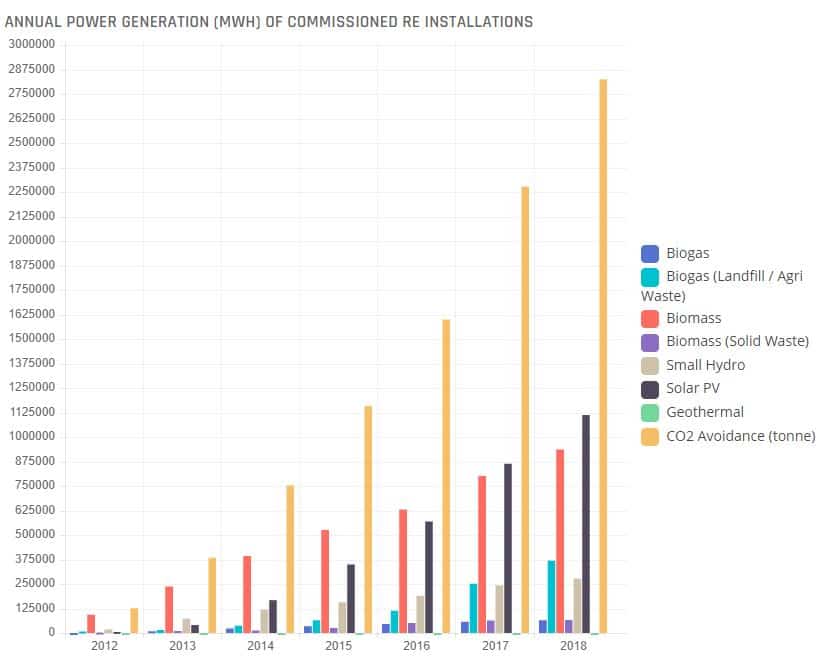
Summary
Fossil fuels will be depleted faster than we think. But it’s not just about the limited quantity of the fuel, but the effects of burning them to our environment.
- Understanding your TNB bill & How to reduce it.
- How Does Malaysia Generate Electricity
- What is Solar Energy & How Does it Work?

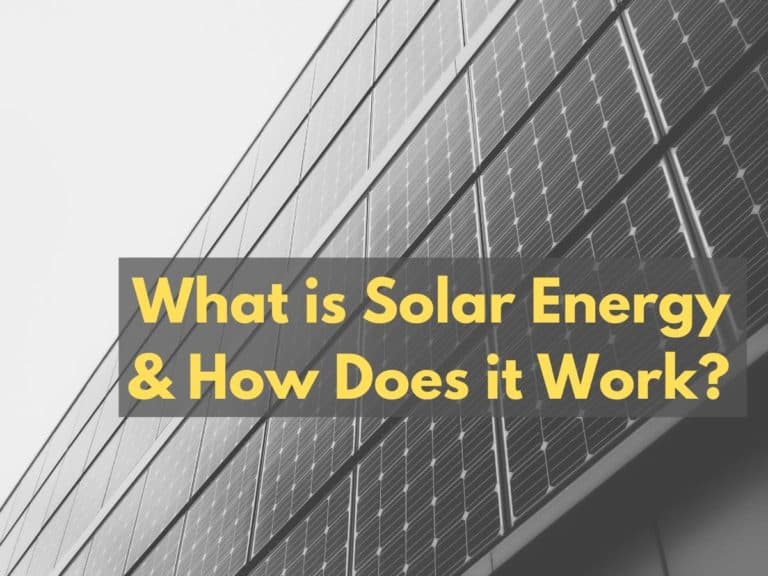



![[Is It Worth It?]: If-Only Fusion Cafe Restaurant, Ampang](https://helmihasan.com/wp-content/uploads/2020/10/Is-it-worth-it_-768x512.png)
